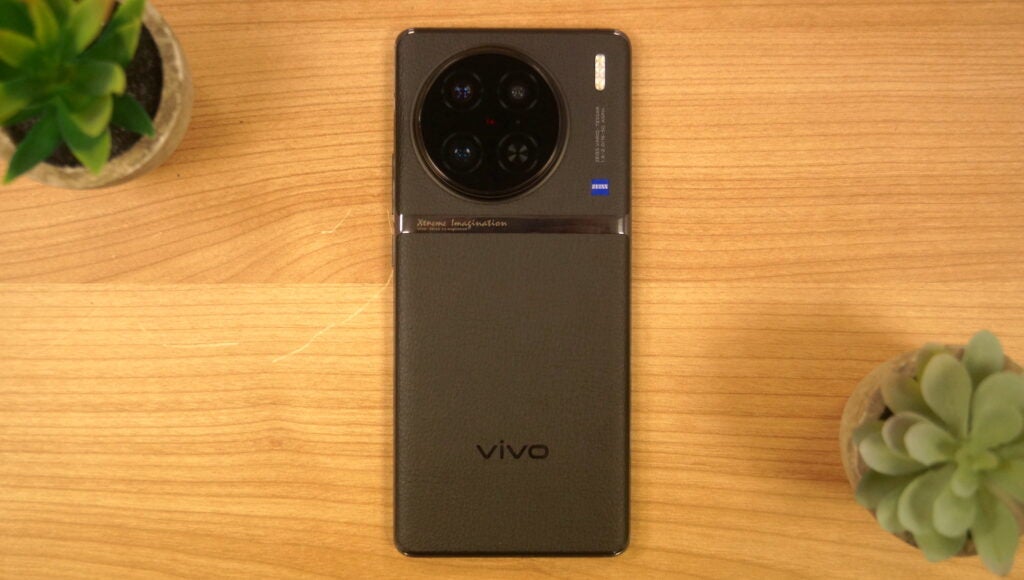Verdict
The Vivo X90 Pro is the phone to get for low-light photography, packing a 1-inch sensor into a relatively thin and lightweight chassis that allows for truly impressive image capture. There’s also a lot to love about the high-res 6.78-inch AMOLED display, Dimensity 9200 chipset and 120W charging that’ll take the phone from flat to full in less than half an hour, though FunTouch OS is rather unexceptional.
Pros
- Truly impressive low-light photography performance
- Wonderfully detailed 6.78-inch AMOLED display
- Charges from flat to full in less than 30 minutes
- Flagship-level performance
Cons
- Only available in a vegan leather finish
- No Dolby Atmos or Dolby Vision support
- Only 2x optical zoom available
-
Impressive camera setupThe main 50.3MP snapper has a 1-inch sensor that allows for unparalleled performance in low-light conditions, as well as a 50MP 2x telephoto lens with OIS and a 12MP ultrawide ideal for capturing expansive scenes. -
Gorgeous 6.7-inch AMOLED displayThe X90 Pro boasts a pixel-packed display with a higher resolution than even the Galaxy S23 Ultra, as well as a dynamic 120Hz refresh rate and support for HDR10+. -
Super-fast chargingThe rapid 120W dual-cell flash charging on offer from the Vivo X90 Pro provides 50% charge in 11 minutes and a full charge in 28 minutes in testing.
Introduction
Vivo has had a great few years with its flagship X range, and that trend is set to continue with the impressively capable Vivo X90 Pro.
The flagship range has always been known for its camera prowess and that’s been taken to the next level with the X90 Pro and a whopping 1-inch sensor that powers the main 50.3MP snapper. It’s a true game-changer, especially in low-light conditions, and it’s flanked by capable 50MP telephoto and 12MP ultra-wide lenses.
It’s not just a decent camera phone though; it packs flagship-competing features like a 6.7-inch AMOLED display, MediaTek’s top-end Dimensity 9200 chipset and 120W fast charging that allows for a full charge in less than half an hour.
Due for release in the UK soon with an expected price around the same £1199 mark as the Vivo X80 Pro, can the Vivo X90 Pro compete with other top-end flagships like Samsung’s premium Samsung Galaxy S23 Ultra? Somewhat to my surprise, I think the answer is a resounding yes.
Design and screen
- Premium, high-end design
- Only available in a vegan leather finish
- Pixel-packed 6.78-inch AMOLED display
Vivo’s X90 Pro is a premium smartphone with a high-end design to match. That includes the regular combination of a slimline aluminium frame and edge-to-edge display with two curved edges that allow the phone to sit comfortably in the palm of the hand. But flip the phone over, and you’ll find a vegan leather rear in place of the regular glass used by most high-end alternatives.
I must admit, Vivo’s decision to only ship the X90 Pro with a vegan leather (read: pleather) back is a bit of a divisive one.
Other members of the Trusted Reviews team love the soft tactile feel of the textured rear, but I’m personally not a fan. I much prefer the solid, premium feel of glass – especially on a flagship – though I will concede that it makes the phone slightly lighter than similarly sized counterparts (like the 240g iPhone 14 Pro Max) at just 215g.
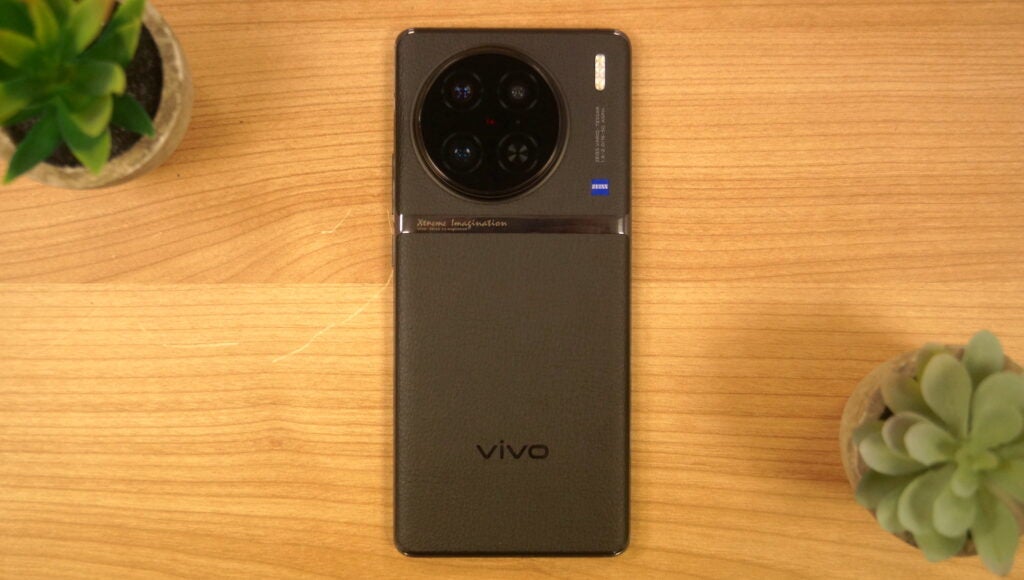
It’s all down to personal preference, of course, but not even giving the option of a glass rear could potentially hurt the overall popularity of the flagship. It’d also be nice to see a brighter colour option if you’re not a fan of the all-black finish, but that’s just me nitpicking.
Vegan leather rear aside, the other big feature you’ll no doubt notice is the rear camera bump. Well, I say bump, it’s more like a hill, protruding farther from the rear of the smartphone than any other that I can recall in recent memory.
There’s a very good reason for this that I’ll get into in a bit, but there’s no overlooking that it’s a pretty big centrally-placed rear camera bump that’ll cause quite the wobble when placed down onto a table.
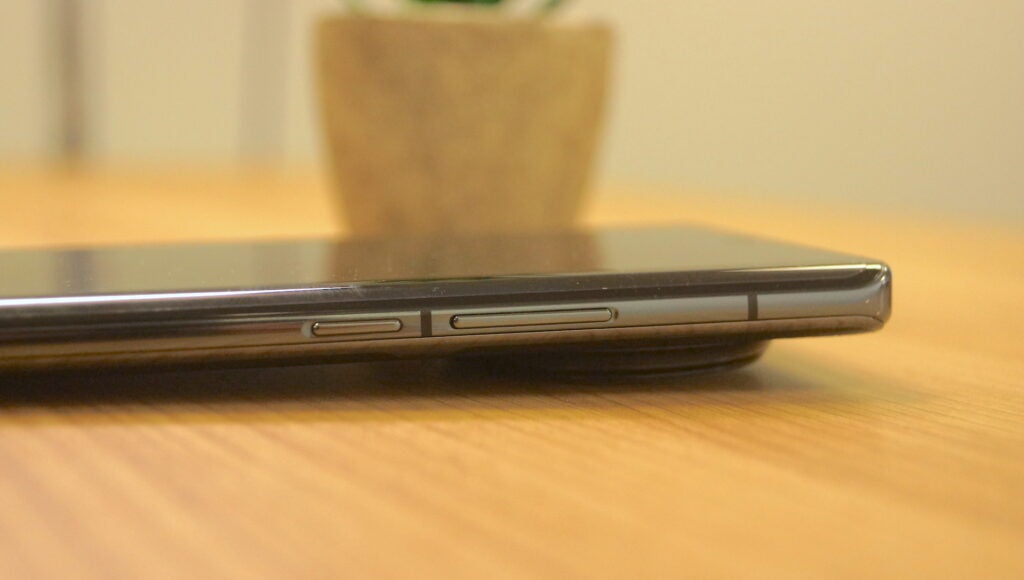
The circular camera housing is, at least, a little more subtle and premium-looking than that of the X80 Pro and its huge rectangular bump with a smaller circular array of cameras within.
Elsewhere, everything is pretty much as expected; there’s a power button and volume rockers on the right side, a USB-C port on the bottom and, rather interestingly, an IR blaster built into the top edge of the phone. It’s a bit of a niche these days, but a handy addition nonetheless.
That just leaves the display – and what a display it is.
Measuring in at 6.78in, the AMOLED panel is exquisitely detailed with an impressive 2800 x 1260 resolution that’s more pixel-packed than even the Galaxy S23 Ultra. That makes on-screen text look super crisp, while also packing in more detail when watching high-res videos via the likes of Netflix and YouTube.
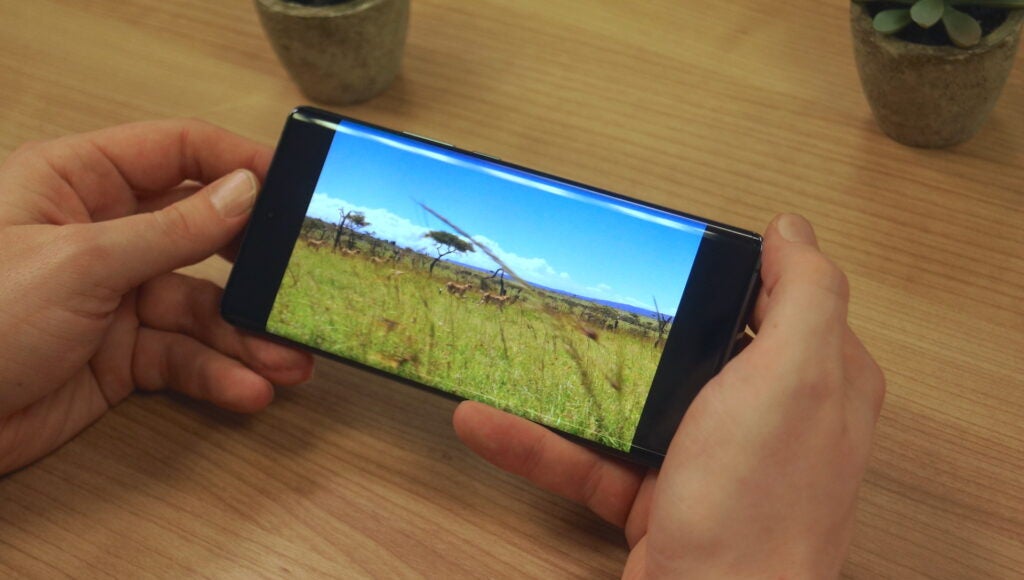
That viewing experience is further boosted with support for HDR10+ with a peak brightness of 1300 nits that allows for impressive dynamic range, though it is missing support for Dolby Vision.
Expect other stalwarts of the high-end display experience including a dynamic 120Hz refresh rate that’ll automatically adjust depending on what you’re doing in a bid to provide decent battery life while making every tap and swipe feel immediate.
I think my only complaint is that the display itself is curved – another rather divisive opinion considering there are plenty of people that adore curved edges on smartphones. While the curved display certainly looks premium, there’s a rather odd vignette on the left and right edges as the AMOLED panel begins to curve around the edges of the phone.
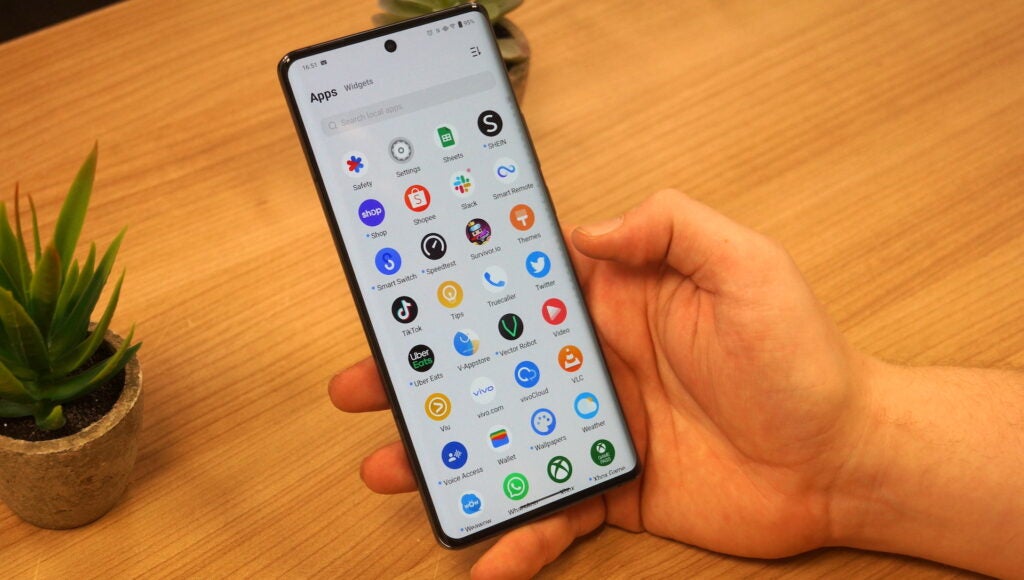
It’s admittedly a small thing that most users will overlook within days of use, but I’d be lying if I said I wouldn’t prefer a nice flat display. The palm rejection tech of the curved display is top notch at least, which does make it an easier pill to swallow.
Cameras
- 1-inch sensor is a game-changer for low-light photography
- Great at taking photos of fast-moving subjects
- High-quality telephoto lens is limited by 2x optical zoom
The reason for that huge camera bump I mentioned earlier? Vivo is one of the first smartphones on the market to pack a whopping 1-inch camera sensor into its 50.3MP main lens that’s much bigger than that of most other smartphones including the capable Galaxy S23 Ultra.
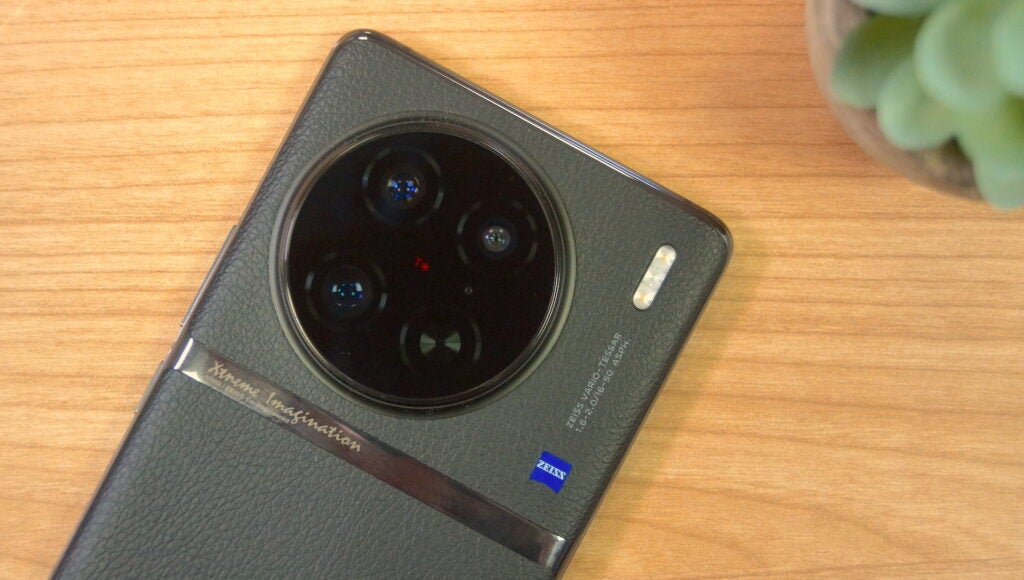
As you’d expect, the bigger sensor allows the camera to capture even more light that, when combined with 16-in-1 pixel binning tech, an f/1.75 aperture and image processing via the X90 Pro’s dedicated V2 image processor. This captures incredibly detailed, vivid images with a wide dynamic range even in challenging light scenarios.

The main snapper of the Vivo X90 Pro makes light work of challenging conditions, be it capturing a heavily backlit shot of my dog at the park or capturing the hustle and bustle of London at sunset on my commute home from work.
Results aren’t always quite as crisp as those from the Samsung Galaxy S23 Ultra, but with that phone boasting a whopping 200MP lens, it’s not too much of a surprise.

I’d go as far as to say it’s almost effortless; simply point, shoot and the phone will do the rest. I very rarely found myself taking more than one snap because it usually came out perfectly focused the first time around.

That’s mainly down to the use of laser autofocus, though it’s enhanced by a focus lock feature in the Camera app that lets you select your subject and keep it in focus no matter where it moves in the shot – ideal for fast-moving subjects like German Shepherds running full pelt for the ball at the park, trust me.
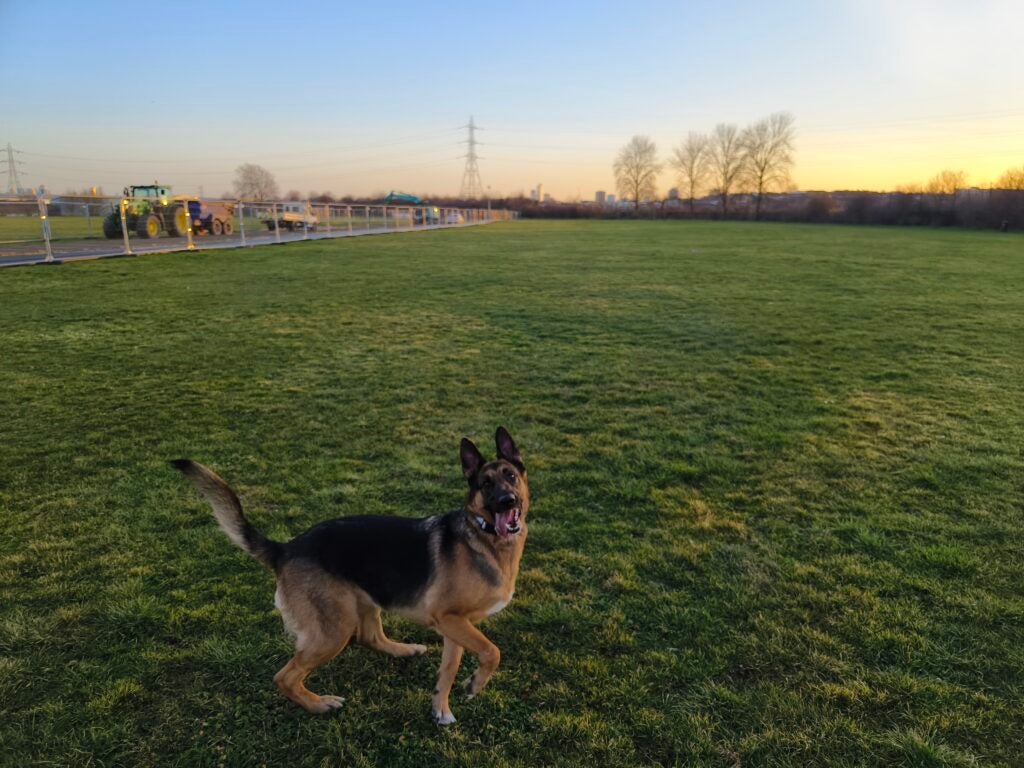
That’s all well and good but where the main camera truly excels is in low light. I was very impressed with the Galaxy S23 Ultra’s low-light performance a few weeks ago, and the Vivo X90 Pro somehow takes it even further.
The 1-inch sensor can suck in an unfathomable amount of light that, according to Vivo, allows you to take shots in environments with less than 1 lux (the light produced by a candle). Let that sink in for a second.
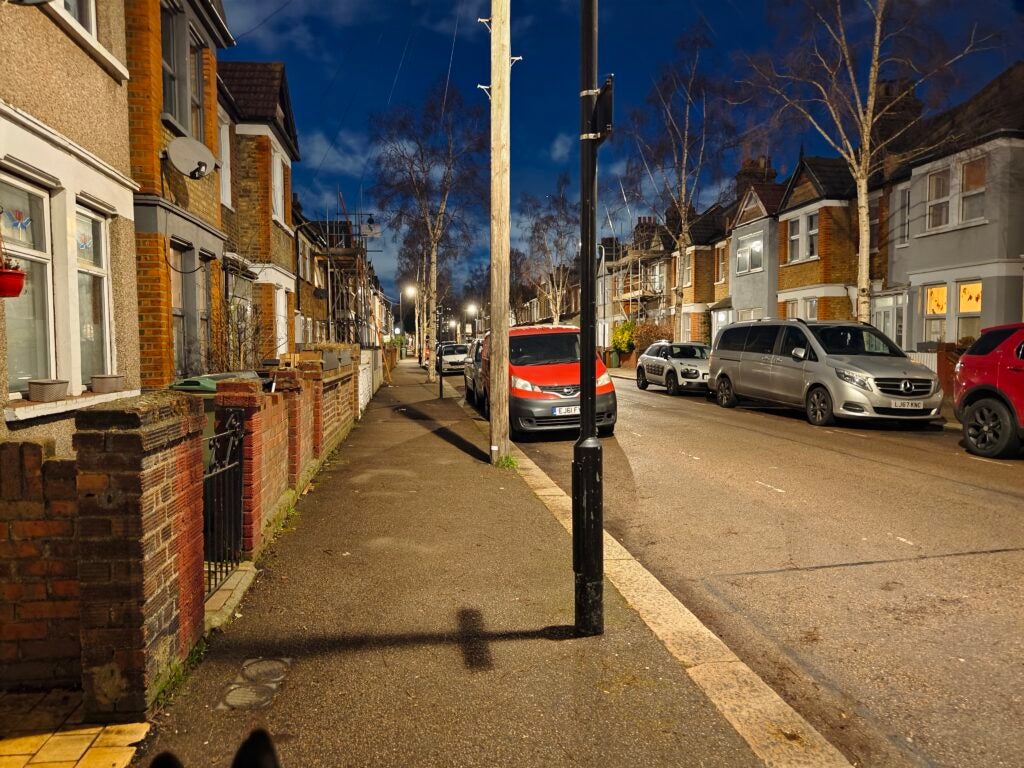
It’s not just marketing guff either; the phone basically borders on night vision. Take the below shot of my garden as an example. It looks like it was taken on a cloudy day, right? Nope, it was taken at 11pm at night with only the light from the moon in the scene.
The amount of detail, from the leaves on the bushes to the muddy mess that is my grass, is all clearly visible, and that was taken in a few seconds without the need for a tripod.
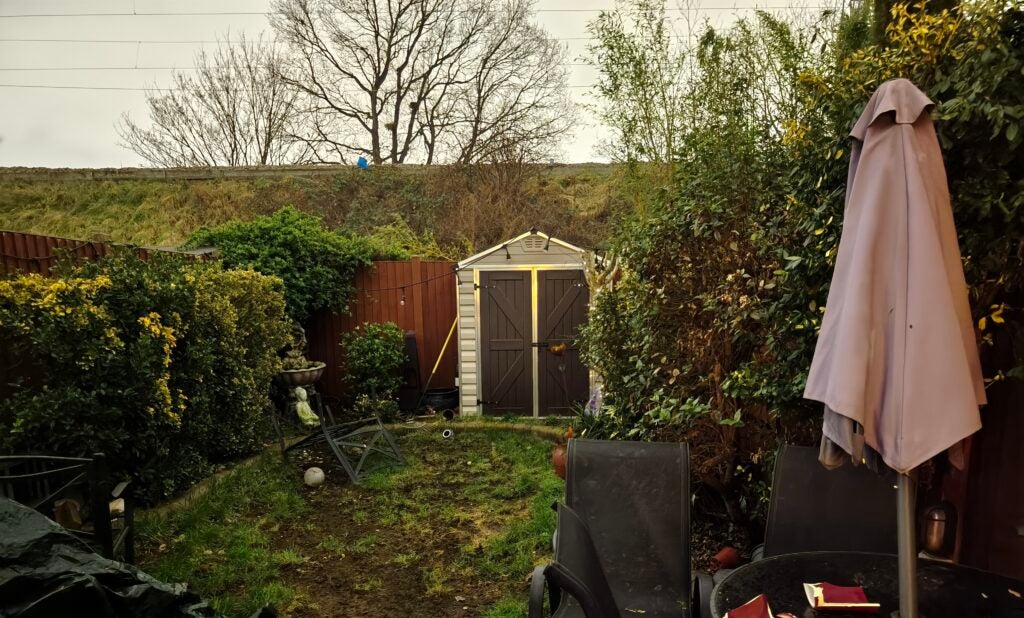
Of course, with subtle lighting the images can look even better, but it’s truly a versatile snapper that will very rarely let you down.
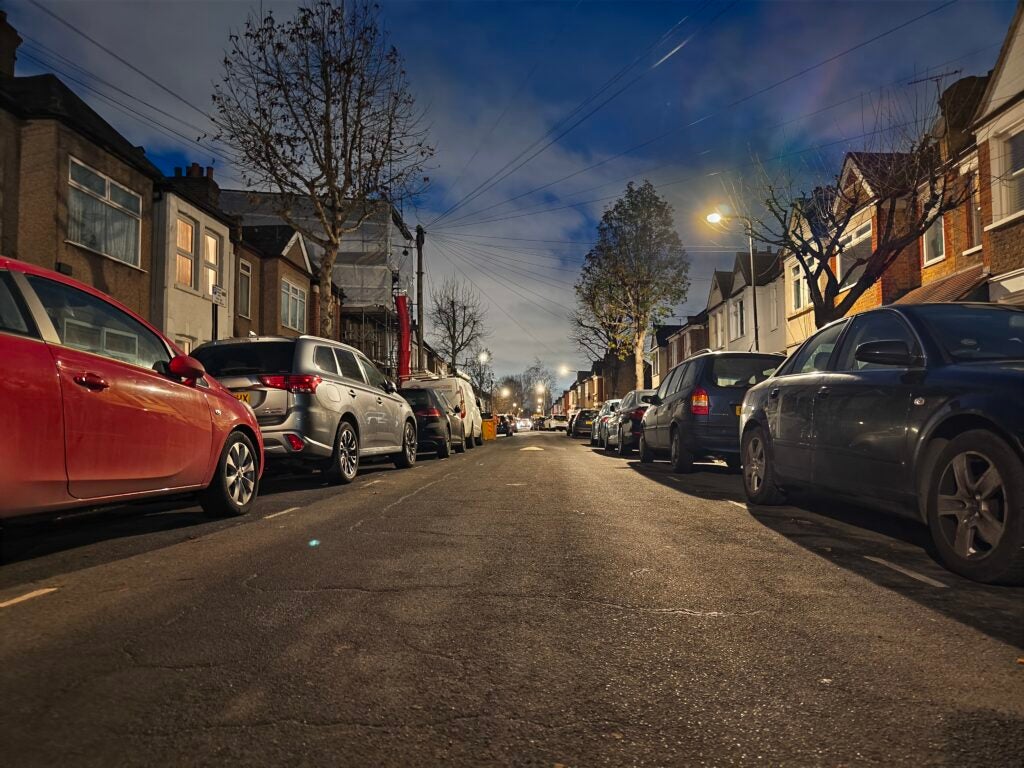
It can even take photos of the starry night sky in just a few seconds without the need for a tripod unlike practically any other smartphone around – and I live in London, one of the most light-polluted areas of the UK.
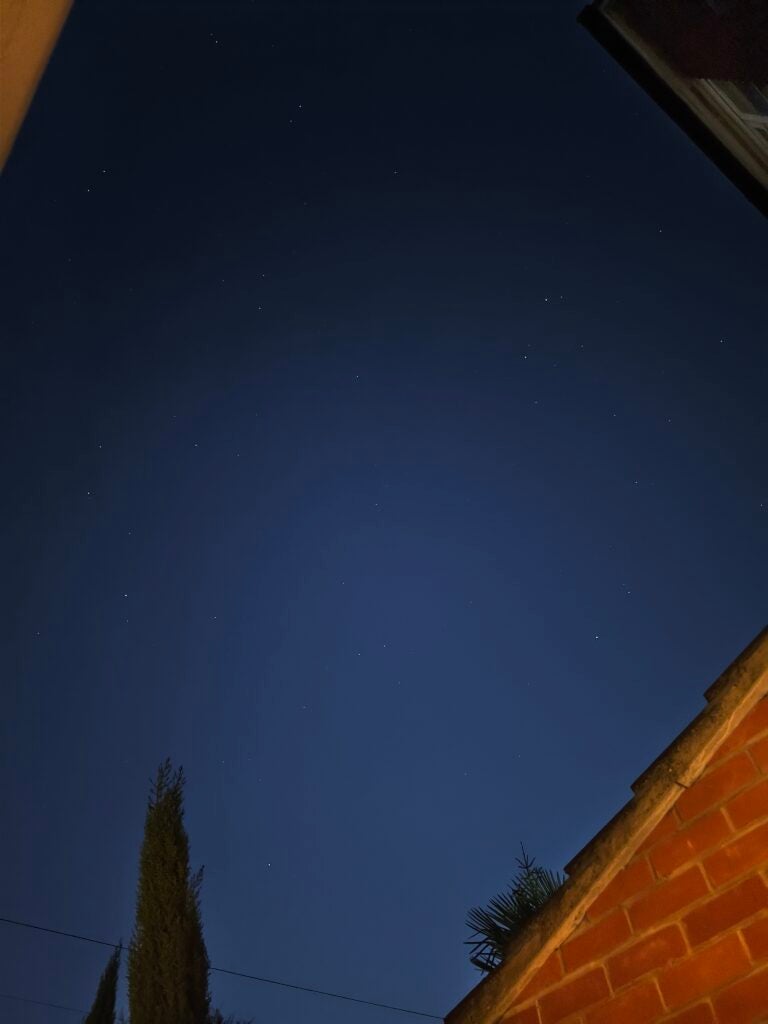
Of course, it’s not the only camera on the rear of the smartphone. You’ll also find a 50MP telephoto lens with 2x zoom and OIS that, as you might expect with a high-res sensor and pixel-binning tech, captures detailed images that are fairly consistent in colour with the main lens, albeit slightly warmer in some scenarios.
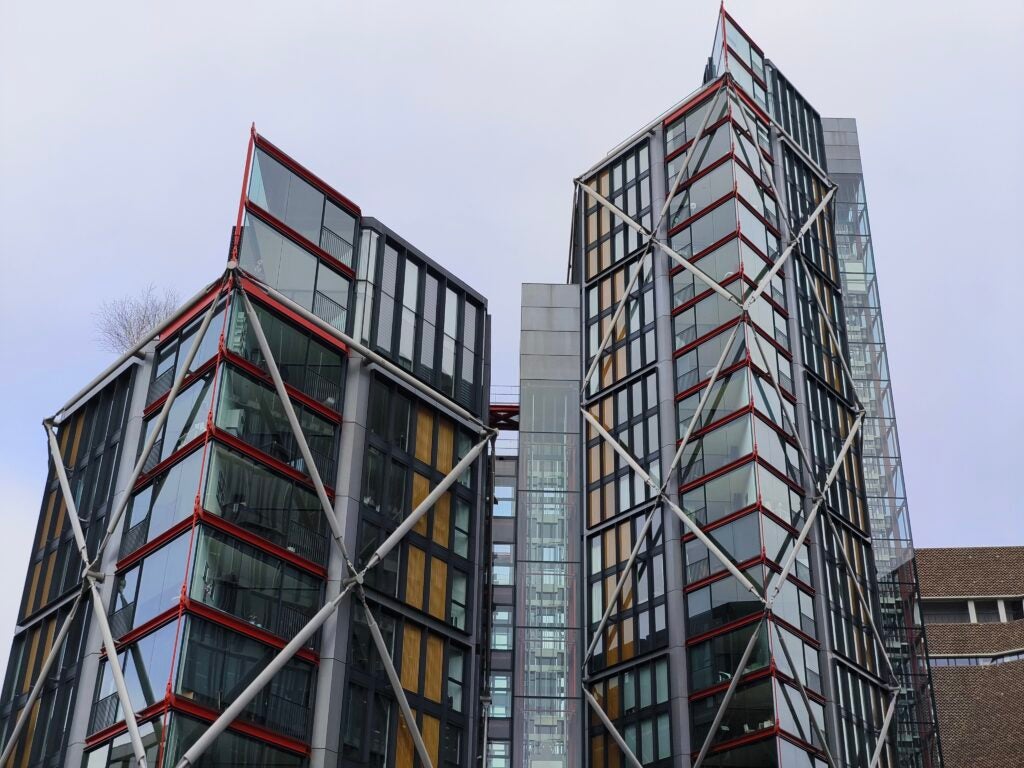
And with an f/1.6 aperture, it’s pretty decent in low light too.
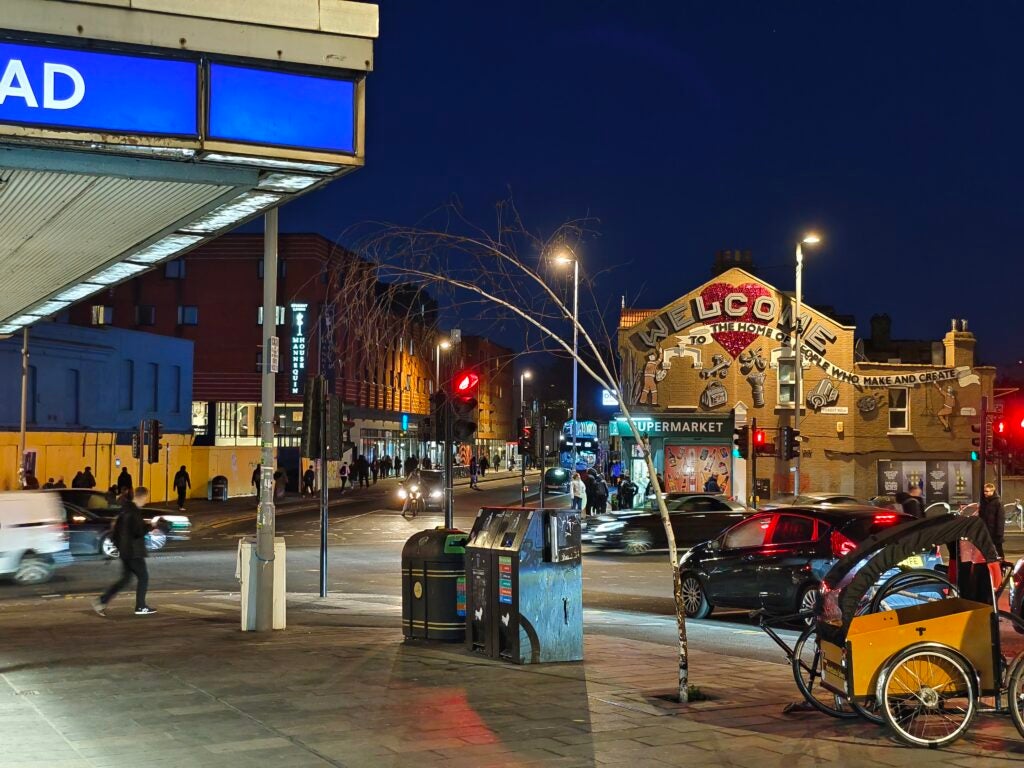
My only real complaint is that 2x zoom is a little bit limited compared to other 2023 flagships like the Galaxy S23’s 3.5x zoom and the Galaxy S23 Ultra’s 10x zoom. You’ve got the option of digital zoom but with it comes a sacrifice to overall quality.
There’s also a 12MP ultrawide lens with a 120-degree field of view that’s great for taking photos of big buildings in central London, but with an f/2.0 aperture, it’s not quite as capable as the others in darker conditions. Still, for taking photos of buildings, gorgeous vistas or group photos it’s a great option without much in the way of distortion at the edges.
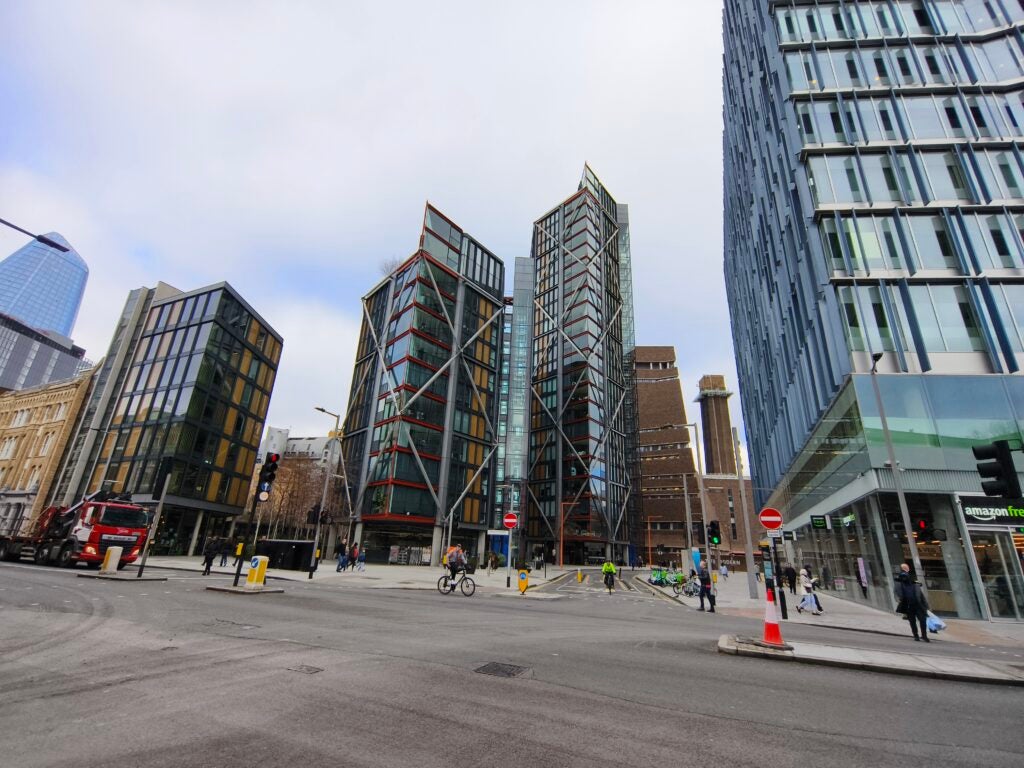
All three lenses benefit from Vivo’s partnership with Zeiss with the company’s patented Zeiss T* lens coating, along with the ability to capture a more muted, true-to-life image with Zeiss’ Natural Colour 2.0 tech, as well as unique shooting modes including Miniature Effect and Cine-flare Portrait effects that can produce some fun results in the right hands.
Flip the phone over and you’ll find a single 32MP hole-punch camera centrally embedded within the display. It’s great for selfies and video calls, but I’d leave most of the photography to those impressive rear lenses.
With that all said, the Vivo X90 Pro is undoubtedly one of the best camera phones around in 2023.
Performance
- Flagship performance from the Dimensity 9200
- No Dolby Atmos audio processing
- FunTouch OS has come a long way, but still features bloatware
While Qualcomm’s Snapdragon chipsets have traditionally been the more popular to use in flagships, competing chipmaker MediaTek has made great strides in recent years, especially at the top end of the market.
With that in mind, Vivo has decided to opt for the top-end MediaTek Dimensity 9200 chipset in place of the Snapdragon 8 Gen 2 used by most flagship rivals.
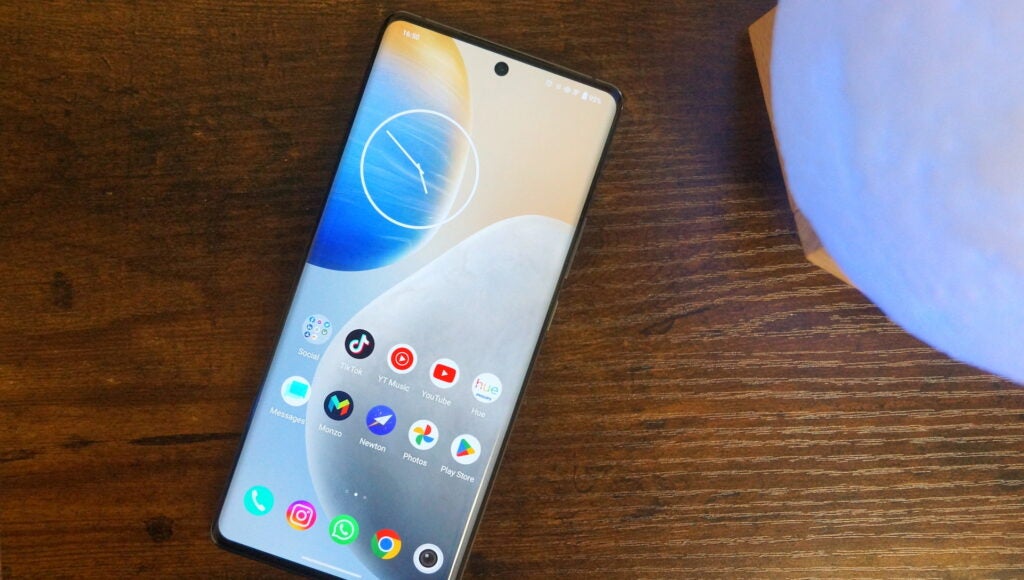
You might be daunted at the idea of a MediaTek chipset if you’ve used budget or low-end mid-range phones in the past, but I’m here to dispel those worries. The chipset, combined with the 12GB of RAM on offer from the X90 Pro, delivers flagship-level performance both in terms of benchmarks and real-world use.
The Geekbench 5 single-core score of 1381 beats the competing OnePlus 11’s 1165, though a multi-core score of 4177 falls slightly behind OnePlus’ 4856. However, when it comes to graphics performance Vivo comes out on top with a score of 3679 to OnePlus’ 3532 in the 3DMark Wildlife Extreme benchmark.
That all essentially means that the Vivo X90 Pro can easily keep up with its Qualcomm-enabled competition, and that’s reflected in everyday performance. The phone feels rapidly responsive in use, likely helped by the 120Hz refresh rate on offer.
There’s not a hint of stuttering or lag to be found throughout the OS. Even image processing is done in the blink of an eye thanks to the dedicated V2 imaging chipset, whereas with rivals like the OnePlus 11 you’ll often see a pre-processed version of the image for a few seconds after capture while the phone’s AI does its thing.
That’s just as true when it comes to mobile gaming with the X90 Pro able to handle graphics-intensive games like Call of Duty Mobile with absolute ease. And though it still gets hot over longer sessions, it doesn’t feel as warm in the hand as the OnePlus 11 did.
Stereo speaker support provides a more immersive experience when playing games and watching videos out loud, though the lack of any kind of audio processing like Dolby Atmos for headphone output is a bit of a disappointment at the high-end of the market. And, of course, you won’t find a 3.5mm headphone jack either – but that’s not too much of an oddity these days.
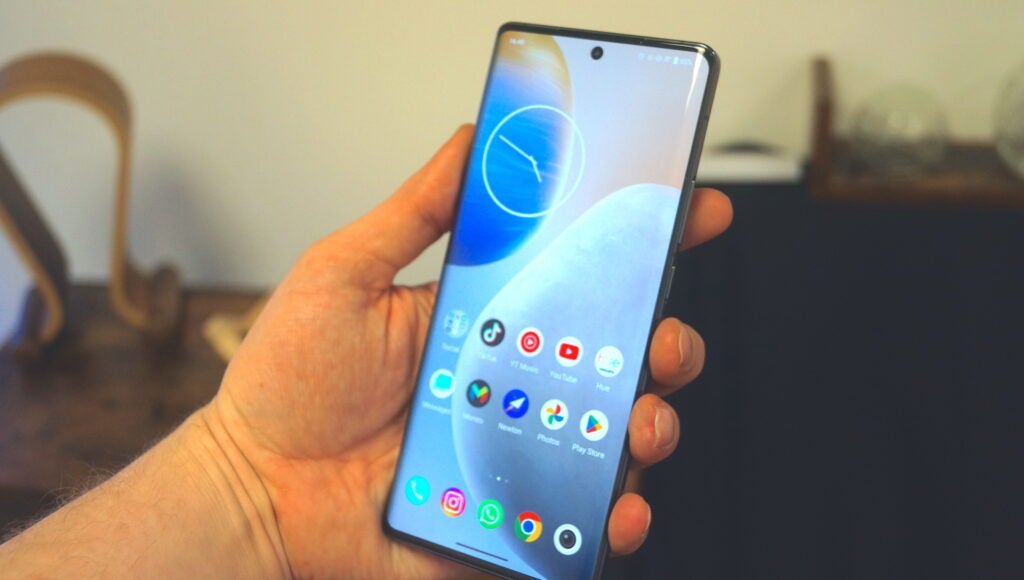
The Vivo X90 Pro boasts Android 13 which is great, but it comes with Vivo’s rather horribly named FunTouch OS. Even writing the name here gives me the ick. It’s called Origin OS in China, and I’d much prefer that to its current nomenclature.
Weird name aside, FunTouch OS has a bit of a bad reputation for being one of the worst skins available for Android smartphones – though I must say that the company has come a long way with the software in the past few years.
It’s much more streamlined than it once was with a largely clean UI and handy tweaks like the ability to shake the phone to enable the torch – a popular stalwart of Motorola’s software – and a handful of Vivo-exclusive widgets for use on the Home screen. It’ll take some getting used to if you’re coming from a different Android skin, but it’s doable and not as painful as it could’ve been.
The big complaint about FunTouch OS I have is the amount of bloatware that comes with the phone. It’s usually something you find with cheaper phones on the market, but despite the Vivo X90 Pro’s expected £1000+ price tag, you’ll find a swathe of pre-installed apps including “hot apps” and “hot games”. These can be easily uninstalled, but the fact you have to do that is frustrating.
It also doesn’t do anything exciting or exceptional, lacking premium features like Dolby Vision and Dolby Atmos present in most high-end alternatives, nor does it offer any kind of desktop compatibilities like Samsung’s DeX or Motorola’s ReadyFor.
Smaller tweaks are also needed, with rough translations in some places and the odd use of ALL CAPS in certain areas of the Settings menu that doesn’t look too polished, but these are relatively minor niggles.
The software upgrade promise of three years of OS updates and four years of security updates isn’t bad at all either.
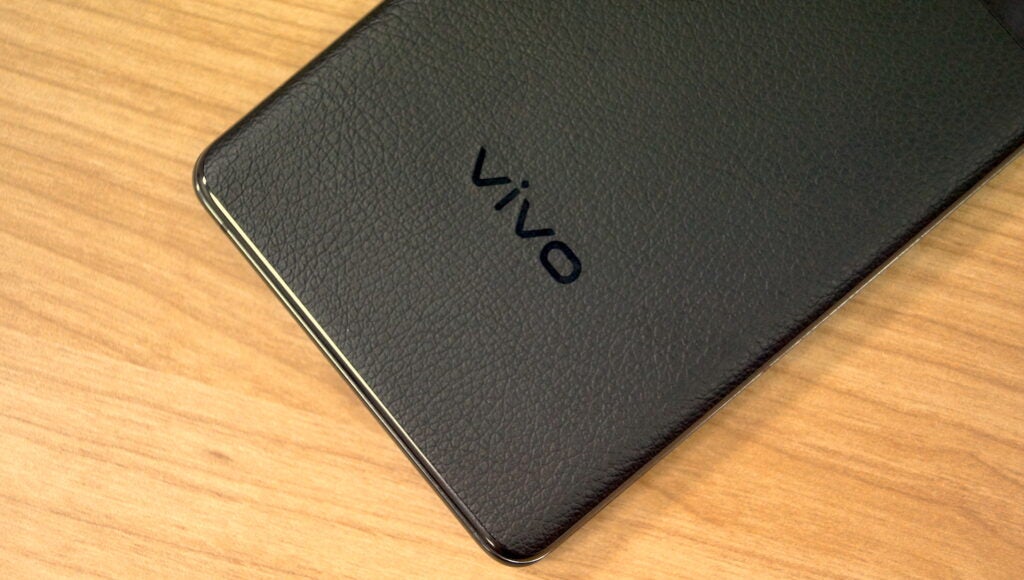
Battery life
- Consistent all-day battery life
- Super rapid 120W charging
- 50W wireless charging
Battery life is up there with the rest of the flagships in 2023 despite having a slightly smaller 4,870mAh than the 5,000mAh battery found within high-end competitors including the Samsung Galaxy S23 Ultra and OnePlus 11. However, as with those devices, the Vivo X90 Pro doesn’t struggle to last all day – even when really putting the phone through its paces.
Taking the phone off charge at around 7:30am, I’d use it to send WhatsApps and emails, play the occasional game of Survivor.io on the tube, listen to music, make calls that sometimes last over an hour and take plenty of photos using that stunning camera setup, and I’d still get to the end of the day with between 30 and 50 percent charge left in the tank.
That’s with battery-hungry features including the high refresh rate, maximum resolution and always-on display all enabled, by the way.
It’s safe to say that the Vivo X90 Pro alleviates my battery anxiety, with the potential to last a full two days if you’re a little more conservative with your use than I am.
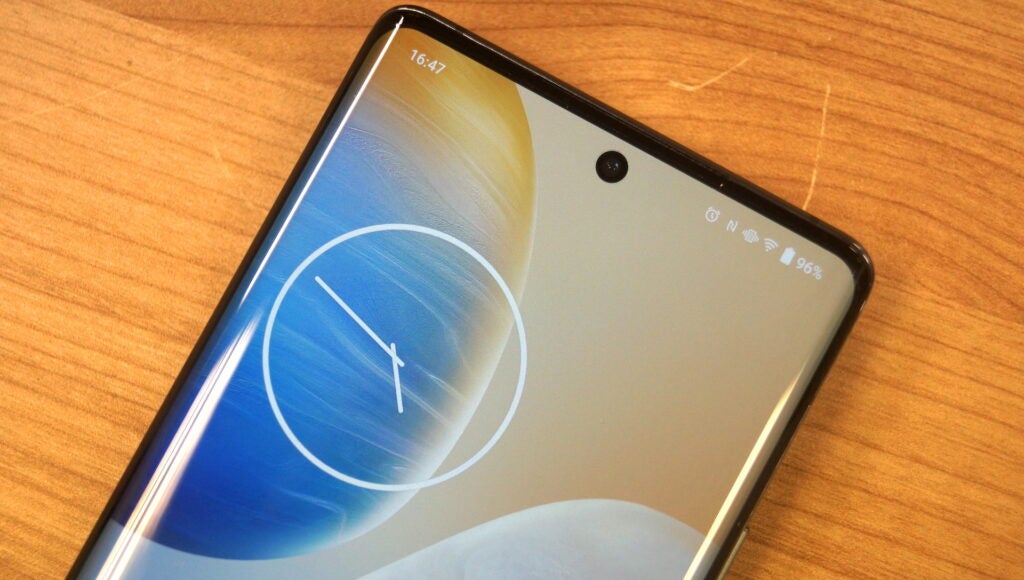
It’s also pretty rapid when it comes to recharging with 120W dual-cell flash charging that I’ve found can provide 50% charge in just 11 minutes, with a full 100% charge in 28 minutes.
Compared to the top-end Galaxy S23 Ultra’s 91 minutes for a full charge, it really is much faster and means you don’t need to charge the phone every night. If anything, you could give it a 15-minute charge in the morning and likely be fine for use all day.
There’s also 50W wireless charging support, though you’ll have to get a special wireless charger directly from Vivo to take advantage of such fast wireless charging speeds.
Should you buy it?
You want to take the best low-light images possible:
The 1-inch sensor packed into the Vivo X90 Pro makes it one of, if not the, most capable phone on the market for low-light photography.
You don’t like the feeling of vegan leather:
The Vivo X90 Pro is only available with a black vegan leather finish in place of a regular glass rear.
Final Thoughts
The Vivo X90 Pro is a stunningly capable flagship smartphone, especially in the camera department. The 1-inch sensor that powers the main 50.3MP snapper is truly a game-changer, not only in well-lit conditions but low light, with the potential to capture decent shots in near-complete darkness as well as shots of the starry sky without the need for a tripod.
It’s not just a great camera phone either; it has a gorgeous 7.78-inch AMOLED display with a buttery-smooth dynamic 120Hz refresh rate that makes everything feel near instantaneous. Throw in a MediaTek 9200 chipset, all-day battery life and the ability to charge to 100% in less than half an hour and you’ve got a tempting flagship smartphone.
It’s not perfect, lacking certain features like Dolby Vision and Dolby Atmos, and FunTouch OS is still a bit bloatware-packed for my liking, but these are relatively small issues that shouldn’t affect your overall decision.
FAQs
Yes, the Vivo X90 Pro offers IP68 water resistance.
Unlike a growing number of brands, Vivo ships the 120W fast charger in the box with the phone.
Jargon buster
mAh
An abbreviation for milliampere-hour and a way to express the capacity of batteries, especially smaller ones in phones. In most cases the higher the mAh, the longer the battery will last but this isn’t always the case.
OLED
Organic Light Emitting Diode is panel technology that allows each individual pixel to produce light rather than relying on a backlight. This enables the screen to accurately display blacks by turning off the pixel, resulting in improved contrast compared to conventional LCD panels.

